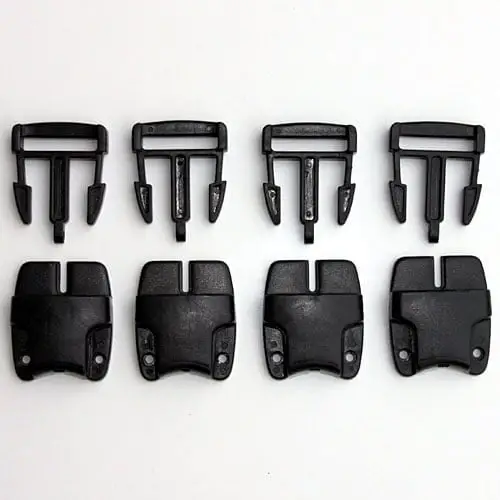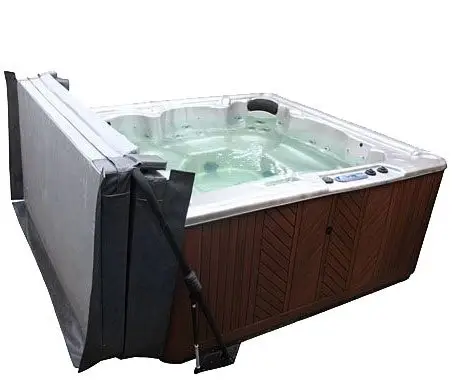You never have to wash dirty filters or buy filter chemicals again. After 3 months, simply replace the filter with a new one. Each filter lasts about 3 months of normal bathing. With two filters in your bath, you will change after approx. 5-6 months.
Cleaning-free spa filters simplify spa life. The filter is made of spun plastic, porous polypropylene (the same material used in pet bottles).
Should be changed every three months for normal bathing.
If you bathe often and frequently, the filter needs to be changed more often. If you use two filters, change them every 6 months, etc. Provides cleaner bathing water, removes particles down to 1-5 microns. A new washable filter removes particles down to 20-40 microns.
- Never use flocculants, (Clarifying agent, Bright&Clear, Gentle Clarifier), together with these filters. The filters naturally remove small particles that cause cloudy water.
- Do not use oil-based fragrances which clogs all kinds of filters.
We recommend using an old rinsed filter for 24 hours after changing the water and cleaning the pipes.
There are usually small particles in the new water and there may be residues from the cleaning process that will shorten the life of the filter.






